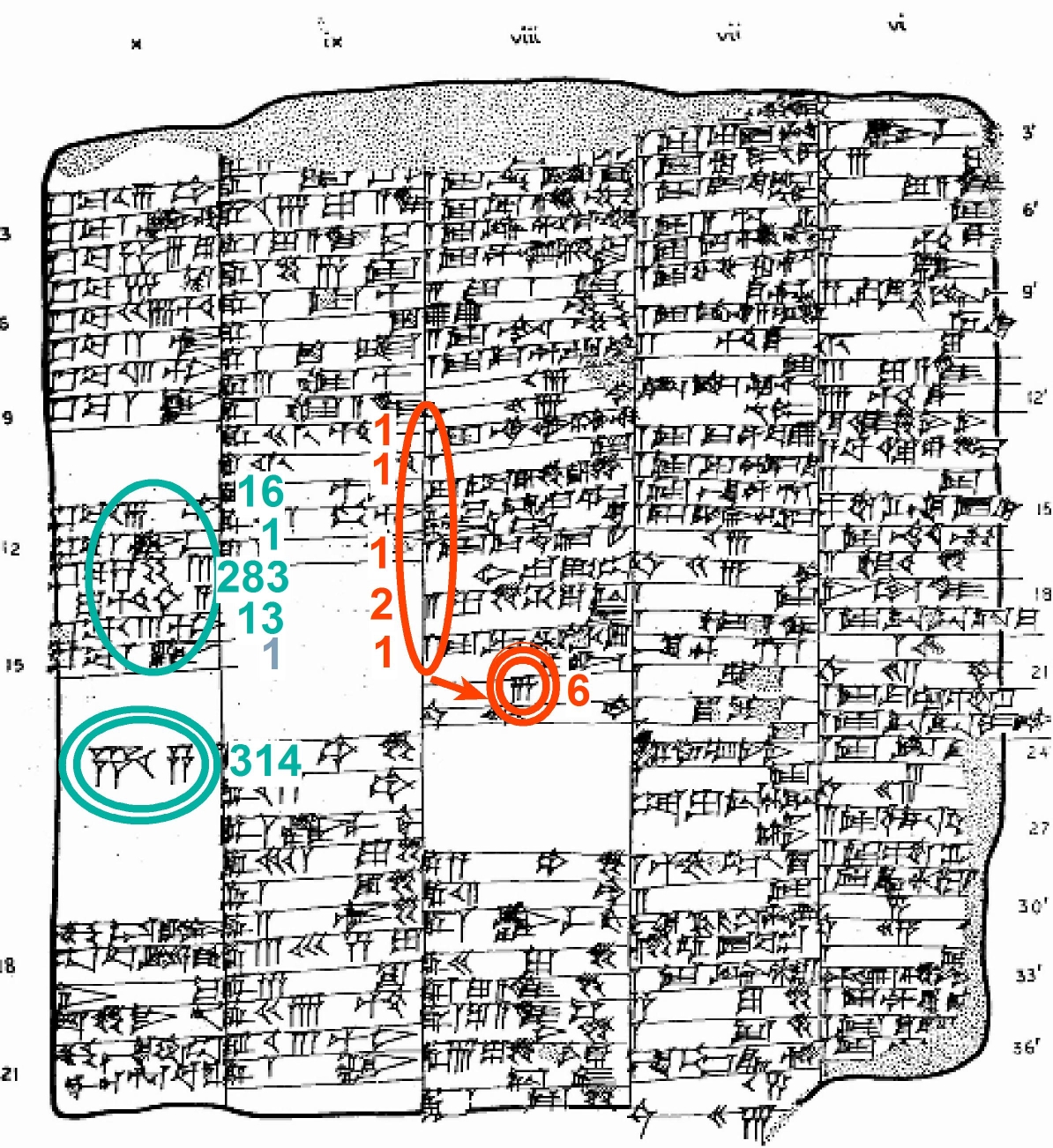Notes to Chapter 11. Digital thought
Home
11.1 Bracing the distance
11.1.1 The pre-digital phase
11.1.2 The digital innovation
11.1.3 Intentional dislocation
11.2 Structuring the data
11.2.1 Discontiguity
11.2.2 Capillarity of nodes
11.2.3 Integration of arrays
11.3 Structuring the argument
11.3.1 Discontinuity and sequentiality
11.3.2 Multilinear sequences
11.3.3 Polyhedral argument
11.3.4 Non-systemic sequences
11.3.5 Fluidity of structure and deconstruction
11.3.6 Semantic and lexical webs
11.4 The implicit argument
11.4.1 The data base as an argument
11.4.2 The argument function of sorting
11.4.3 The argument function of a word search
11.4.4 Evaluation
11.5 The narrative argument
11.5.1 Digital discourse, narrative, text
11.5.2 Primary and secondary narrative arguments
11.5.3 Automation: the primary narrative argument
11.5.4 The secondary narrative argument
11.6 Digital humanities and digital humanism
11.6.1 Digital humanities: the technical domain
11.6.2 Digital humanities: the conceptual domain
11.6.3 Perception
11.6.4 The reach of artificial constructs
11.7 The para-digital dimension
11.8 The notion of digital thought
11.9 A historical perspective on digital thought
11.9.1 Orality
11.9.2 From pre-literate to para-literate
11.9.3 Discontinuity and non-linearity
11.9.4 Becoming literate
11.9.5 From the Encyclopedie to digitality
11.1 Bracing the distance
11.1.1 The pre-digital phase
- On the origins of writing, see Powell 2009. - [Laerke Recht, March 2016]
- Buccellati 1981 "Writing". - [July 2016]
- The 'urban' revolution: Childe 1950. - [Laerke Recht, July 2016]
- The beginning of language and concepts Givón & Malle 2002. - [Laerke Recht, July 2016]
11.1.2 The digital innovation
- Frabetti 2011
- Relevance in archaeology, Evans & Daly 2006. - [Laerke Recht, July 2016]
11.1.3 Intentional dislocation
11.2 Structuring the data
11.2.1 Discontiguity
11.2.2 Capillarity of nodes
11.2.3 Integration of arrays
11.3 Structuring the argument
11.3.1 Discontinuity and sequentiality<
11.3.2 Multilinear sequences
- Time consciousness: Husserl 1991. - [Laerke Recht, July 2016]
11.3.3 Polyhedral argument
11.3.4 Non-systemic sequences
- Types of surfing: Sheehan 2002. - [Laerke Recht, August 2016]
11.3.5 Fluidity of structure and deconstruction
11.3.6 Semantic and lexical webs
- For the semantic web, see e.g. Berners-Lee et al. 2001, Berners-Lee et al. 2008 and Richards 2006. - [Laerke Recht, July 2016]
11.4 The implicit argument
11.4.1 The data base as an argument
11.4.2 The argument function of sorting
- Minard graphics: Friendly 2002. - [Laerke Recht, July 2016]
11.4.3 The argument function of a word search
- On the notion of non-occurrence see Levi-Strauss 1945
11.4.4 Evaluation
- On the scholarly quality of open access documentation, especially with regard to peer review, see
Kansa 2012 "Openness," especially pp. 3-5.
11.5 The narrative argument
- Joyce 2002 Languages
11.5.1 Digital discourse, narrative, text
- Cognitive implications of multimedia learning, see Mayer 2005. - [Laerke Recht, August 2016]
- Cf. literary digital narrative, Ryan 2002. - [Laerke Recht, August 2016]
- "Discourse", Tilley 1990b. - [August 2016]
11.5.2 Primary and secondary narrative arguments
11.5.3 Automation: the primary narrative argument
11.5.4 The secondary narrative argument
11.6 Digital humanities and digital humanism
- Panofsky 1955 Meaning
- Frabetti 2011
- Burdick et al. 2012
- Digital thought and theory in archaeology, Earl et al. 2013; Shott 2014. - [Laerke Recht, July 2016]
11.6.1 Digital humanities: the technical domain
- Cf. Berry 2012. - [Laerke Recht, July 2016]
11.6.2 Digital humanities: the conceptual domain
11.6.3 Perception
- Seminal works include McLuhan 1962 Gutenberg Galaxy, McLuhan 1964 and McLuhan & Fiore 1967. - [Laerke Recht, March 2016]
11.6.4 The reach of artificial constructs
11.7 The para-digital dimension
11.8 The notion of digital thought
11.9 A historical perspective on digital thought
11.9.1 Orality
11.9.2 From pre-literate to para-literate
- Consider this cuneiform tablet (Buccellati 1966, Plate VIII), from about 2000 B.C.
It lists individual animals given to certain individuals on given days of a given month. The single red circle highlights the tally of the animals for a day, and the double red circle the total for that day. At the end of the tablet (leftmost column) the grand totals are given: the single blue line highlights the totals by type of animal, and the double blue line gives the final grand total, which in cuneiform reads: 5 times 60 (the large vertical wedges), plus 10 (the oblique wedge head), plus 4 (the smaller vertical wedges). The connection is clear among all the various steps. It is non-linear, because it presupposes conceptual jumps, evinced by the sequence and general arrangement. 
- Early writing in Mesopotamia, Powell 2009. - [Laerke Recht, August 2016]